1. Passenger Pigeon

The passenger pigeon once filled North American skies in flocks so vast they darkened the daylight. But their sheer numbers gave people confidence they would never run out. Hunters sold them as cheap meat for city markets, and their feathers ended up in pillows and mattresses. By the late 1800s, their numbers collapsed under relentless pressure. The last pigeon, called Martha, lived alone in the Cincinnati Zoo until 1914, when she died. From billions to none, it is a sobering reminder that abundance never guarantees survival when greed and thoughtlessness take center stage.
2. Great Auk
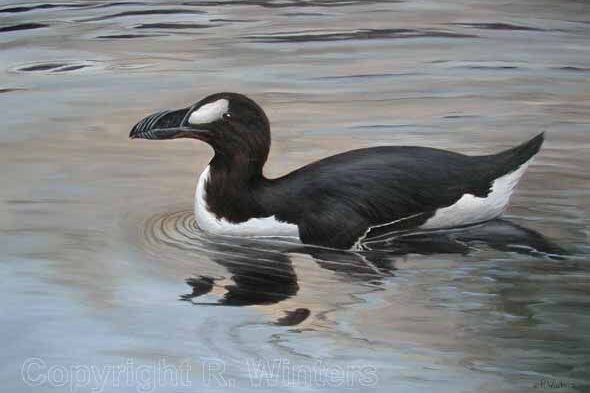
The great auk was a large, flightless bird that once thrived along the North Atlantic coastlines. It was hunted relentlessly for its soft down that people stuffed into pillows and blankets, and its fat was boiled down for oil lamps. The bird’s inability to fly meant it was easy prey for hunters who came by the boatload. By the mid-1800s, the species was gone, the last pair killed on a remote Icelandic island. Their extinction shows how quickly human desire for convenience can erase a species, leaving nothing but stories about a bird that once thrived.
3. Quagga
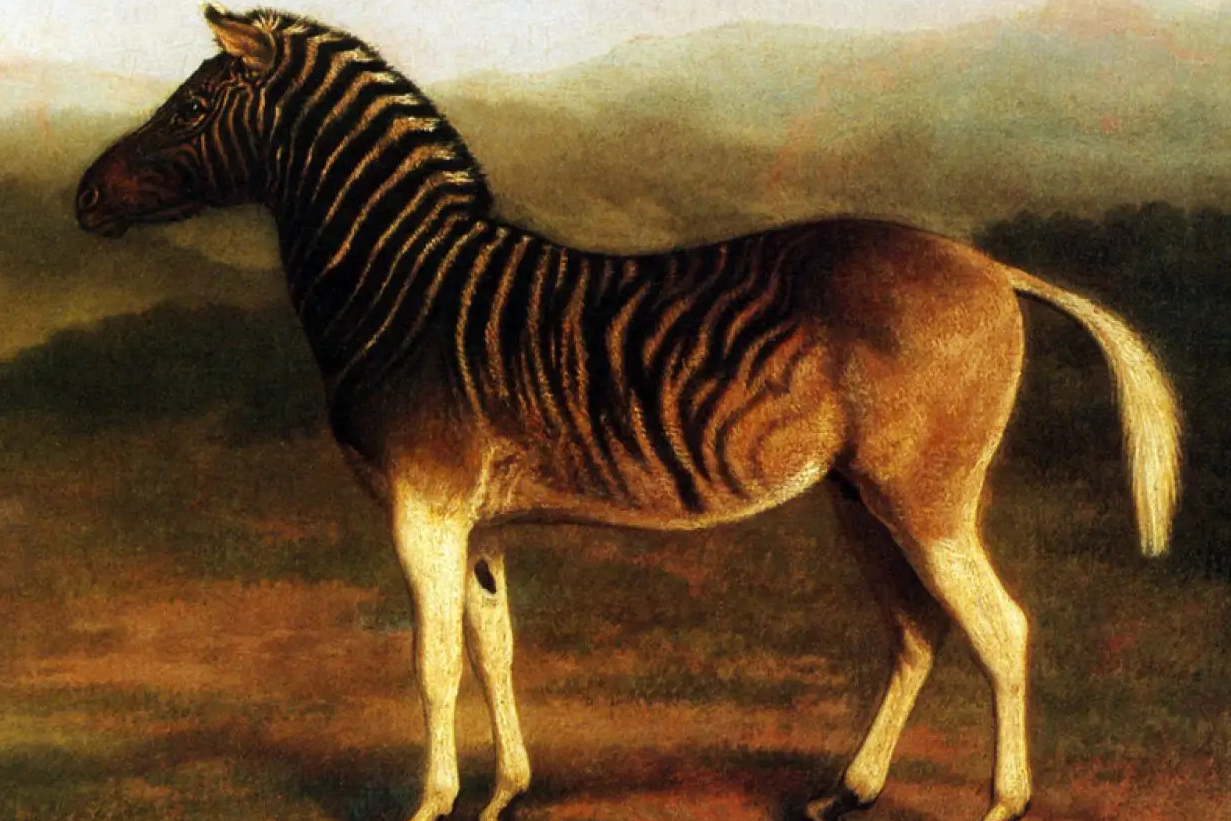
The quagga looked like half a zebra and half a horse, with stripes on its front fading into a plain brown back. It lived across South Africa but was targeted for its hide, which was turned into rugs, harnesses, and hunting trophies. Museums also collected specimens, treating them as curiosities. The relentless hunting proved too much, and by 1883, the last quagga died in captivity in Amsterdam. Today, only preserved skins and a few faded photographs remain. Its strange beauty is frozen in history, a reminder of how vanity and profit can rob the world of wonder.
4. Caribbean Monk Seal

The Caribbean monk seal was once a familiar sight across the warm islands of the Caribbean. Sadly, it became a target for hunters who killed it for oil that fueled lamps and lubricated machinery. Its meat was also consumed, and fishermen often destroyed them out of fear they were competing for fish. By the mid-1900s, sightings grew rare, and in 2008, the species was officially declared extinct. Its disappearance left the Caribbean without its only native seal, a gap created by careless overhunting. It stands as yet another example of how thoughtless exploitation brings silence.
5. Steller’s Sea Cow

Steller’s sea cow was a massive marine mammal discovered in the 1700s around the Bering Sea. Measuring up to thirty feet long, these gentle creatures lived in shallow waters, feeding on kelp. Unfortunately, their size and slow movements made them easy to catch. Sailors hunted them for blubber that was used for food and oil. Within less than three decades of discovery, the sea cow was gone forever. Its disappearance happened so quickly that it feels like a fleeting shadow in history, a reminder that even the largest animals cannot withstand endless human hunger.
6. Tasmanian Tiger

The Tasmanian tiger, also known as the thylacine, was a striking animal with stripes across its back and a wolf-like build. Farmers saw it as a pest, blaming it for killing livestock, and governments placed bounties on its head. Hunters killed them in large numbers, while zoos paraded them as oddities for paying visitors. By the 1930s, the species was gone, with the last one dying in a small zoo enclosure. Its story reveals how fear and prejudice can wipe out a unique creature, leaving only faded images and film of what once was.
7. Toolache Wallaby
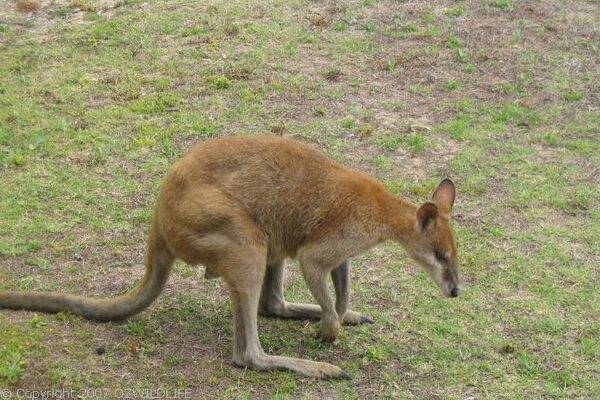
The toolache wallaby was admired for its graceful leaps and striking black and white fur. Hunters saw it as an opportunity, killing the animal for its soft coat that was used in clothing and trimmings. Habitat loss added to its decline, shrinking the spaces where it could survive. Despite once being common across South Australia, the species dwindled until it disappeared entirely by the 1940s. Its elegance and beauty were no match for human appetite. Another life erased for nothing more than luxury, showing that fashion’s fleeting demands can permanently damage the natural world.
8. Atlas Bear
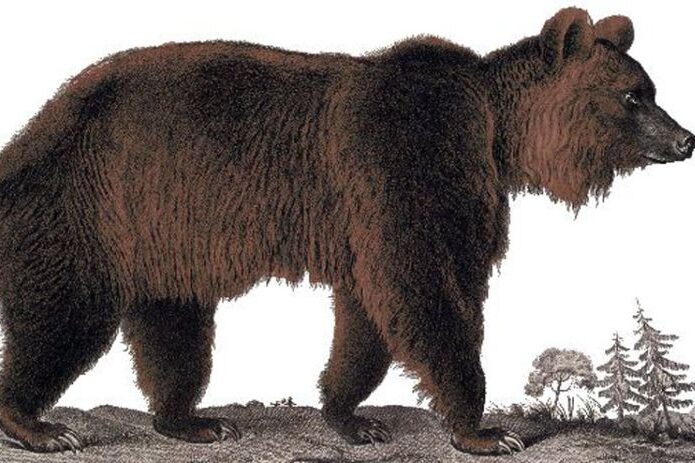
The Atlas bear once roamed the mountain ranges of North Africa, the only bear native to the region. Sadly, humans viewed it as a target for sport and trophies. Ancient Romans used these bears for bloody entertainment in arenas, forcing them to fight for spectacle. Later, hunters and colonizers pursued them for pelts and prestige. By the late 1800s, no Atlas bears remained in the wild. Their extinction left North Africa without any bear species at all, a silence that still lingers. Their end was not from survival struggles but from careless human pleasure.
9. Bubal Hartebeest
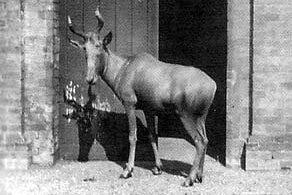
The bubal hartebeest was a majestic antelope that lived in large herds across northern Africa. It had long, curved horns and a regal posture, but its numbers fell sharply under human pressure. Colonial armies used the animals for target practice, while hunters sought them for meat and hides. By the early twentieth century, only scattered groups remained, and soon after, the species vanished altogether. The bubal hartebeest was lost not through necessity but through wasteful destruction. Once a symbol of the desert plains, it became another story of how reckless actions empty entire landscapes.
10. Laughing Owl
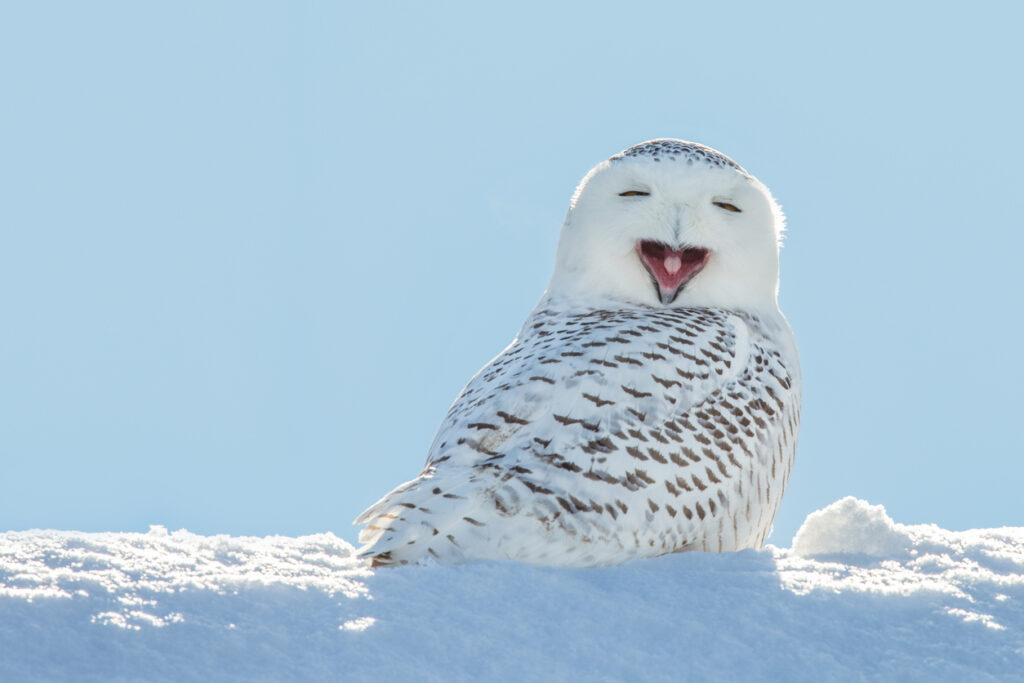
The laughing owl was a strange and beautiful bird native to New Zealand, named for its eerie, cackling call that echoed at night. European settlers quickly hunted and collected them for museum displays, fascinated by their unusual sound and plumage. At the same time, introduced predators such as cats and stoats preyed on them heavily. By the early 1900s, their haunting cries could no longer be heard, and the species faded into extinction. The laughing owl was lost through a mix of curiosity and neglect, another voice silenced because humans failed to value what it meant.
11. Sea Mink
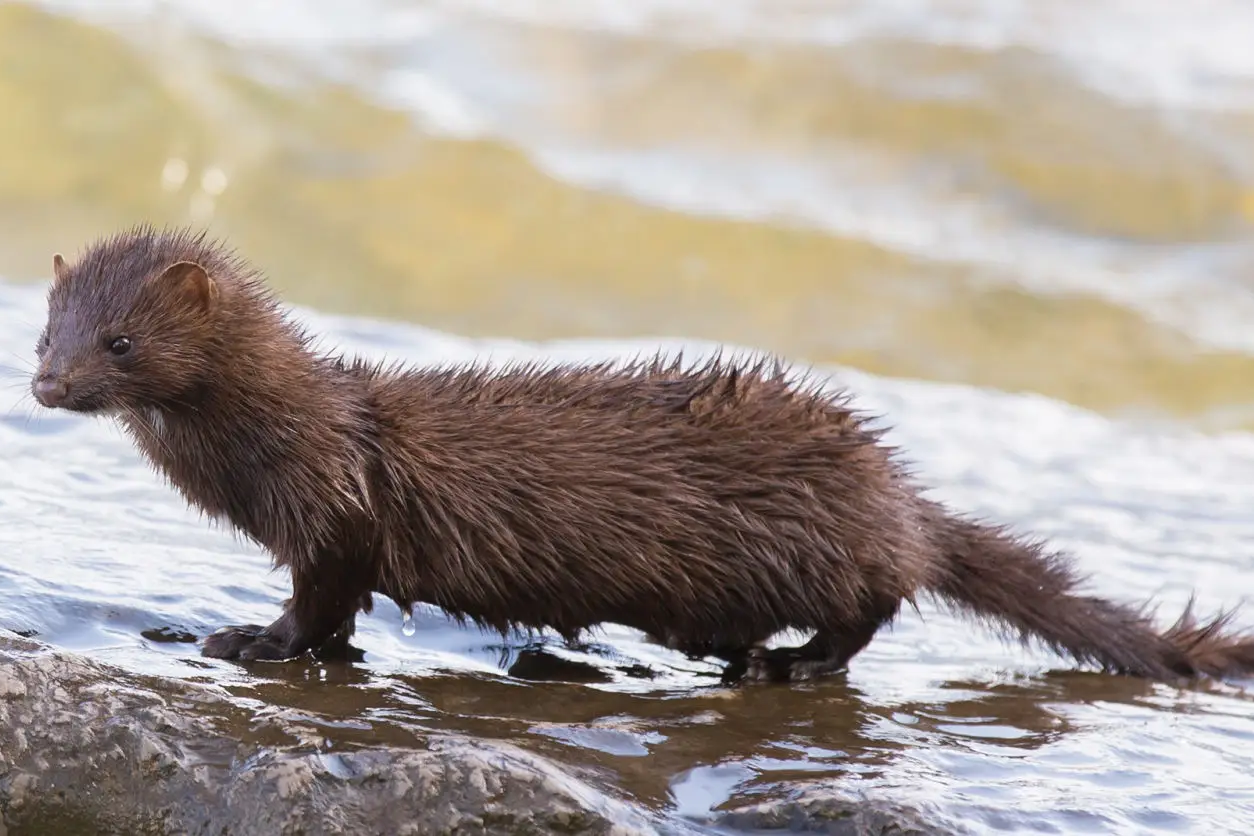
The sea mink was a large relative of the American mink that lived along the coasts of New England and Canada. Its thick fur was highly prized, and hunters pursued it relentlessly for the fur trade. Because of its coastal habitat, it was easy to find and kill, and by the 1860s, the sea mink was gone. No live specimens were ever studied in detail, so much about the animal remains a mystery. All that is left are skins and bones collected by trappers. Fashion demands ensured its story ended before it was truly known.
12. Elephant Bird
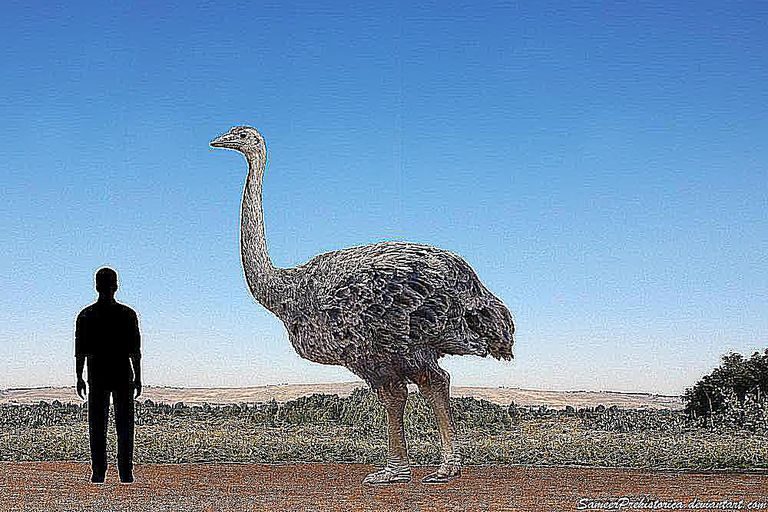
The elephant bird was a giant, flightless bird native to Madagascar, standing nearly ten feet tall. It laid enormous eggs, sometimes larger than a basketball, which people eagerly collected for food and trade. Overhunting combined with the destruction of their habitat pushed them out completely by the 1600s. Today, only empty eggshells and skeletal remains remind us of their existence. These birds were remarkable in size and strength, yet even they could not withstand constant human interference. Their disappearance reflects how entire wonders can vanish when humans take more than nature can replace.
This story 12 Animals Hunted to Extinction for Products No One Really Needed was first published on Daily FETCH


